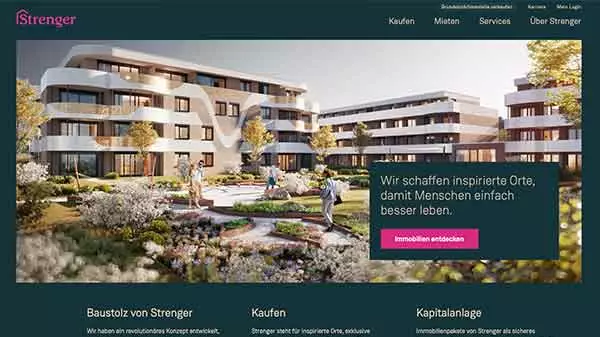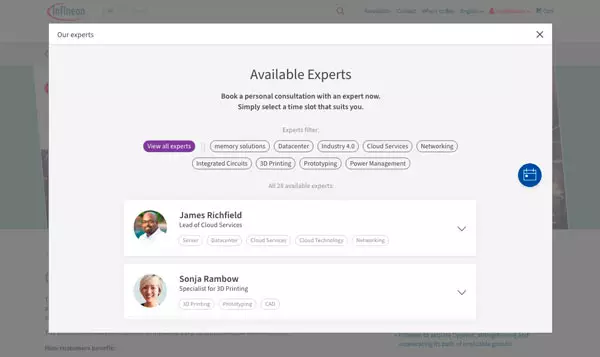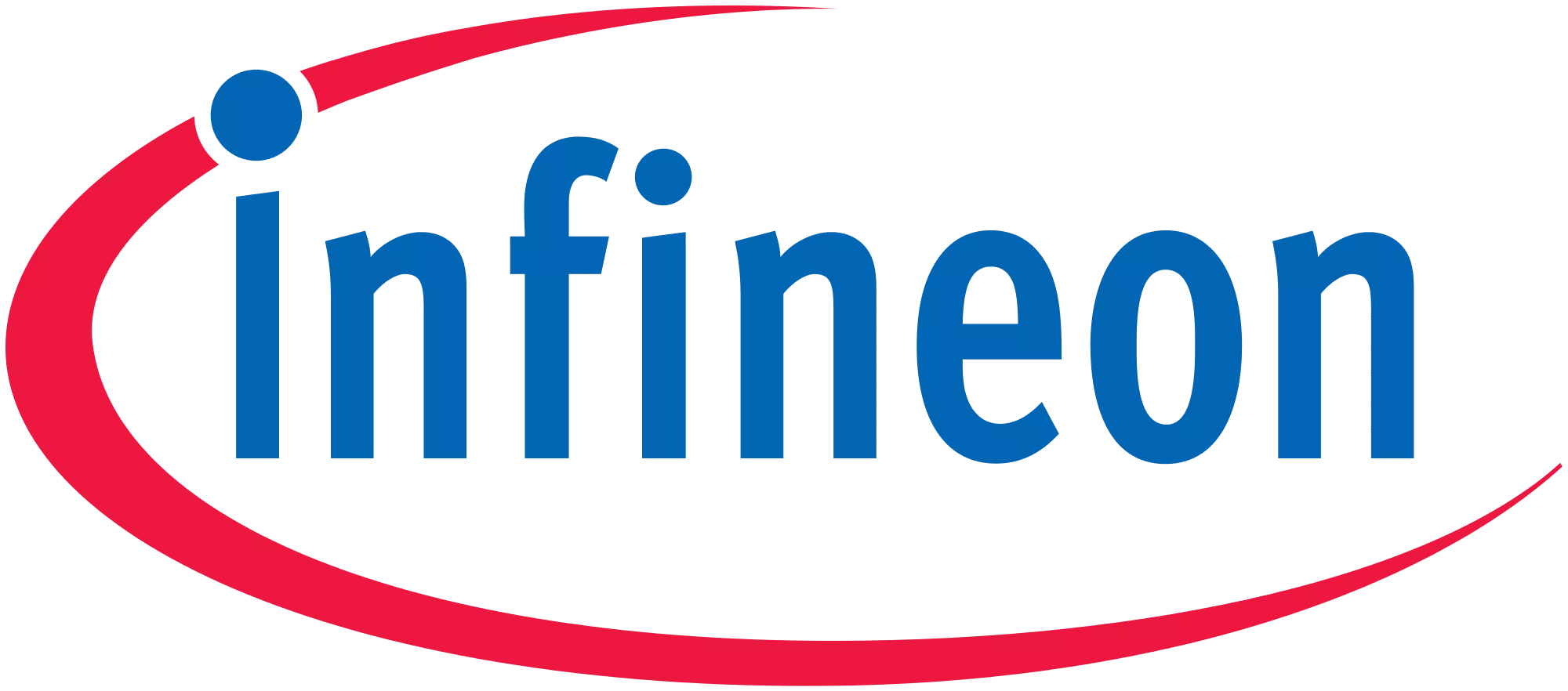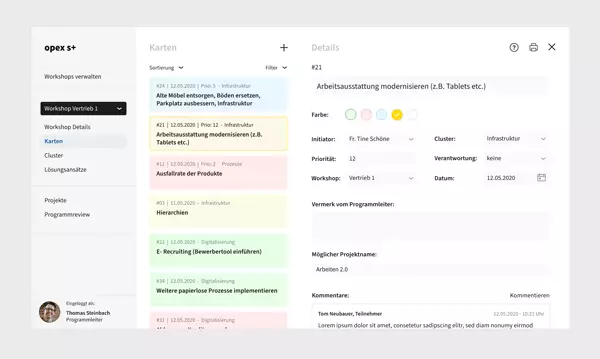
24.02.2022 - Lesezeit: 4 Minuten
The Minimum Viable Product, or MVP in short, has been a well-established methodology in the startup world for more than a decade. First coined by the Lean StartUp movement founded by Eric Ries, it is used worldwide.
The method explained
The basic idea behind this approach is relatively easy to explain. Instead of spending years developing a product based on many assumptions, the exact opposite happens.
The stakeholders of a project agree on what is a minimum viable version of the product. It is very important to note here that this is only the first iteration. The big advantage of this pragmatic approach is that user feedback is gathered very quickly.
The risk of making the wrong budget- and time investments is minimized. There are also other advantages:
The project team initially focuses on the very important topics and quintessence of the product.
Early adopters can be addressed more quickly on the market.
The idea or found market niche is validated much more effectively than making large investments in advance.
In summary, a Minimum Viable Product is the first stage of development of a product that has just enough features to attract early adopters. Here, the overall goal is to validate an idea.
Examples of MVPs
After the quick overview, we briefly outline what makes an MVP using three examples. It is important to understand that this method is independent of specific industries and target groups. This general approach allows product validation in any field.
airbnb
This world-renowned StartUp was highly focused and tested their idea out of necessity. While founders Brian Cheesky and Joe Gebbia were living in Los Angeles, they ran into financial hardships. Just before a major trade show for designers was coming up in the city, they came up with the idea that saved them. As usual, hotels were either fully booked or outrageously expensive. For many visitors, these were unacceptable conditions.
In the simplest and most pragmatic way, Brian and Joe then rented out air mattress beds in their apartment. After the places were sold out in no time, they had the intuition that this business model had a future. Thus, airbnb was born. The first version of the digital platform followed. It is important to note that they never intended to go global, but rolled out their solution in local markets.
 Zappos
Zappos
Less known in Germany, Zappos is a prime example of an MVP. The US e-commerce provider for shoes and apparel has found its very own way to validate. Instead of filling department stores with sneakers, the founders took pictures of each available product at local shoe stores.
These were then displayed on their own online store as available items. Once an order was placed, the shoes were purchased locally and shipped. The focus here was clearly not on profit, but much more on the need to understand if a market for online shoe retailing existed. It did, Zappos was sold to Amazon for over $2 billion and still exists today separate from its parent company.
 It's clear to see that big ideas correspond to a small equivalent at the beginning. Any product can start with an MVP. As we have seen, this is as individual as the idea, market and users themselves. Identifying that is the first step for the creation of your own product.
It's clear to see that big ideas correspond to a small equivalent at the beginning. Any product can start with an MVP. As we have seen, this is as individual as the idea, market and users themselves. Identifying that is the first step for the creation of your own product.
If you think the approach of an MVP is valuable for your company but you don't know how to start, please contact us (link). Because it can be generally said -
You're selling the vision and delivering the minimum feature set to visionaries, not everyone.
With this in mind we say goodbye with these words from Steve Blank.
Der Schlüssel zum MVP
Erfahren Sie welche erfolgreichen MVPs prepend umgesetzt hat.








